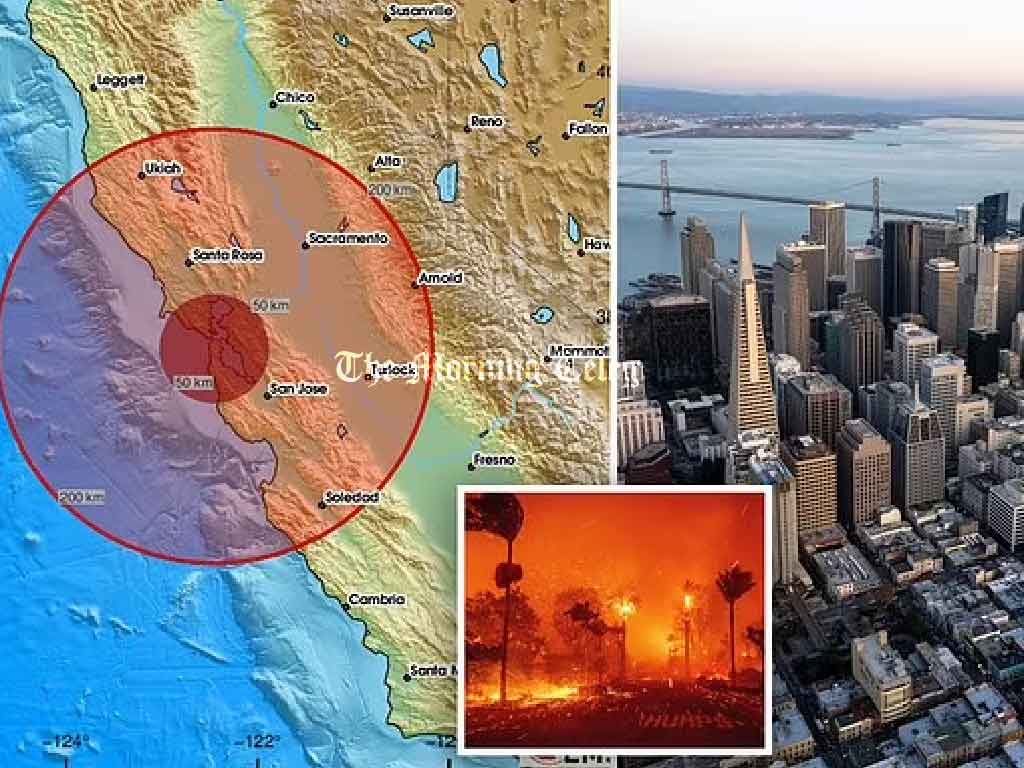
California experienced a dual disaster on Friday as a 3.7 magnitude earthquake struck the San Francisco Bay Area while deadly wildfires raged in the southern part of the state.
The quake, which occurred at 7:02 a.m. PT, had its epicenter five miles southwest of the Golden Gate Bridge and two miles west of the Great Highway. The US Geological Survey (USGS) reported that more than 5,000 residents felt the tremor, with additional reports continuing to come in. A smaller 2.2 magnitude aftershock followed four minutes later. Both quakes occurred along the San Andreas Fault, a major fault line spanning the state from Cape Mendocino to the Salton Sea.
This seismic event coincided with ongoing wildfires in Los Angeles, which have already claimed at least ten lives and displaced 180,000 residents. The simultaneous emergencies have stretched California’s emergency response resources to their limits.
San Francisco Mayor Daniel Lurie addressed the city’s swift response to the quake, stating, “Our first responders have been out across the city ensuring the safety of residents and providing information on how to stay prepared.” No major injuries or structural damage were reported from the earthquake, but it disrupted public transportation, including a temporary halt to San Francisco’s Muni subway system during the busy morning commute.
Bay Area residents described the earthquake as brief yet impactful. Nadia Rahman, a San Francisco resident, noted on social media, “[I] just felt the most significant earthquake I’ve personally experienced in San Francisco.” Although the shaking was intense, it reportedly lasted only a second.
This recent earthquake is part of a series of tremors in the region, with a 3.0 magnitude quake recorded less than 100 miles away on Thursday and two smaller quakes earlier in the week.
Seismologists have long warned that California is overdue for a catastrophic earthquake, often referred to as “The Big One.” Such a quake, potentially reaching a magnitude of 8.0 or higher, could result in widespread devastation, including 1,800 deaths, 50,000 injuries, and an estimated $200 billion in damages.
As Californians face the immediate dangers of wildfires and earthquakes, officials stress the importance of emergency preparedness and resilience. Given the state’s history of seismic activity and susceptibility to wildfires, maintaining readiness for natural disasters remains a top priority.




